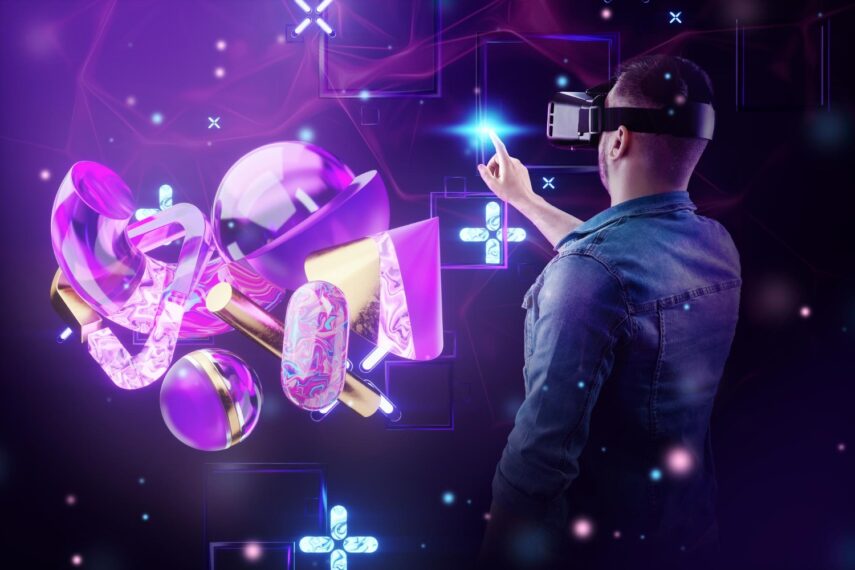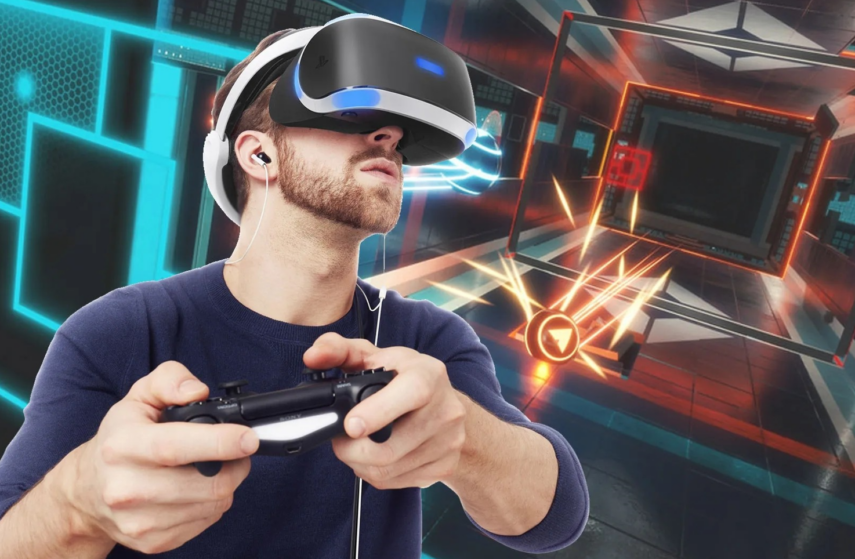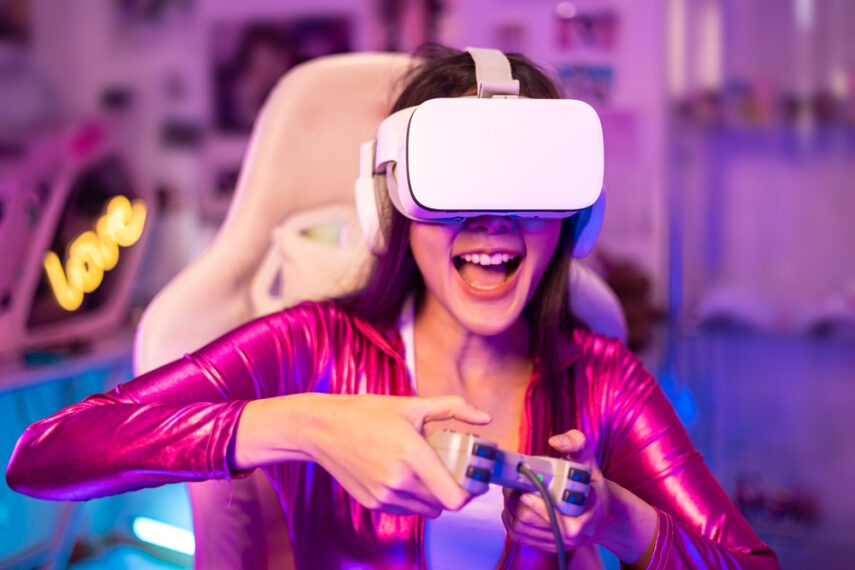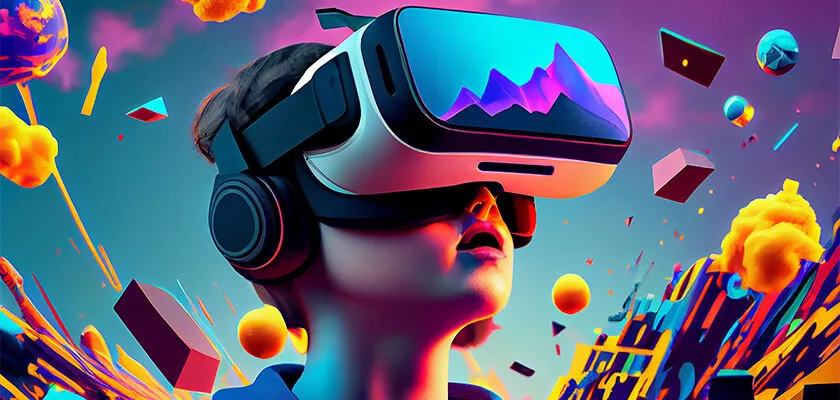There was once a time when living inside a castle, venturing into the fields fighting off monsters, and being a hero was a dream that perhaps involved being dressed in a cloak of invisibility, casting spells, and practicing within the walls of Hogwarts itself. What if you could go there? Wouldn’t that be awesome? The world of augmented reality has made such fantasies come alive, allowing people to immerse themselves in virtual worlds like never before.
The line between the real and the virtual world is becoming increasingly blurred. The online gaming industry has embraced this trend the earliest by offering live dealer games with augmented reality elements, making it possible to experience the excitement of a real casino from the comfort of one’s own home.
Imagine playing poker online: Think of how augmented reality can change not only the way of playing but also the user experience. You look for the best poker hands projected on your desk via the platforms like this one, then start playing in an environment that is far from your location, but in the meantime, you are there, in the new reality. With AR, things are brought to life, and the experience is almost as authentic as being in a physical casino. This innovative technology has changed the online gambling industry, making it more immersive and engaging for players.
Augmented reality, or what we like to call existence duality, has changed the scene of entertainment, especially in theme parks and the gaming world.
The Evolution of Gaming with AR

Surprisingly, the history of augmented reality dates to 1968 when Ivan Sutherland came up with the first mounted display using AR. This technology then progressed into the U.S. Air Force Research Laboratory and continued to pave its way into NASA’s X-38 spacecraft. Nowadays, AR is popular in games such as Pokémon GO and Harry Potter: Wizards Unite.
Popular AR Games
The implementation of AR in games allows players to experience gaming firsthand. Immersed, players can observe and catch Pokémon hiding behind grass or somewhere in a forgotten alley. Building the suspense, Pokémon interact with players, aware of their movements; they might escape if players move too fast.
On the other hand, Harry Potter: Wizards Unite, is another AR game like Pokémon GO but for Potterverse. In this game, players are asked to seek specific locations and landmarks to locate magical artifacts and creatures using AR. Players find themselves in portals and lifelike landscapes. Moreover, battles can occur, and winners get to level up.
Advantages and Limitations of AR Gaming

Beyond physical reality’s limitations, augmented reality manifests the virtual world before our eyes, unfolding fantasies and mysteries and enhancing the gaming experience from behind the screen into it. Contrary to assumptions, AR games are easy to use and player friendly. By launching the camera and pointing it at different spaces, instructions pop up, and the gaming begins.
However, precautions are necessary if players become too invested in the game and are secluded from reality; players might lose track of time and experience behavioral changes. Unfortunately, prolonged exposure to headsets and headphones may result in eyesight and ear damage and other significant risks.
AR in Theme Parks
Extending the utilization of augmented reality, brilliant business minds came upon the revelation of using AR in theme parks, promoting them uniquely. For example, the Super Nintendo World in Japan developed its Mario Kart Race to incorporate AR, allowing players to steer their karts as soon as they wore Mario’s famous red cap.
During the pandemic, due to restrictions, Disney had to devise ways to incorporate visitors’ favorite elements of the iconic photo with Disney’s characters. And so, Disney created AR lenses that allowed visitors to interact with characters and take photos creating memories that can be later shared on social media apps. Furthermore, Disney has recently announced an AR patent enabling 3D rides without headsets.
LEGOLAND upgraded the game and included a real-life experience where guests went on a scavenger hunt, “LEGO Mythica: World of Mythical Creatures.” Chasing mythical creatures in enchanted forests.
The Impact of AR on the Theme Park Experience: Implementing AR in theme parks could be a shift towards a futuristic approach to the concept of theme parks. Apart from including AR in rides and exploring games in an involved manner, corporations can create an entire virtual park where visitors can walk, approach, and experience things differently. More so, like a 4D cinema, parks can incorporate AR with synchronized physical effects to elevate the experience to another level.
The Future of Entertainment with AR

Technically speaking, the prospects of augmented reality in entertainment are broad as the world shifts to a new form of immersive entertainment combining AR with VR and MR (mixed reality). Blending the real world with virtual reality enables interaction with creatures and characters.
This industry continues to grow beyond entertainment to include education, training, healthcare, and other scientific fields such as construction. However, this technology has yet to evolve fully and remains in the testing phase.
An example of Mixed Reality is Microsoft HoloLens, which allows individuals to experience holograms in 3D and interact physically with these holograms. Such technology allows theme parks to create a real-life Disney experience where individuals could aid a princess in distress. More so, theme parks can invest in writing scenarios and creating a virtual world where an individual can be the main character and decide their destiny.
Augmented reality is one of the technologies changing people’s lives. Its application continues to expand the definition of possibilities, making the future unpredictable yet full of surprises beyond imagination.








